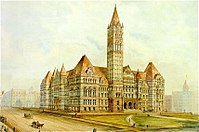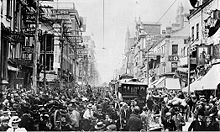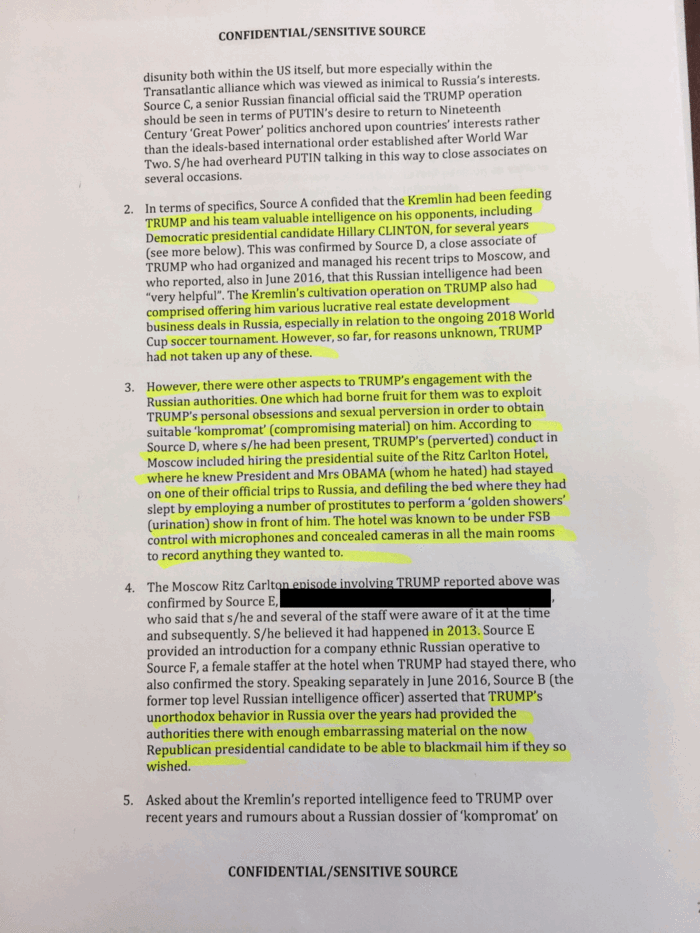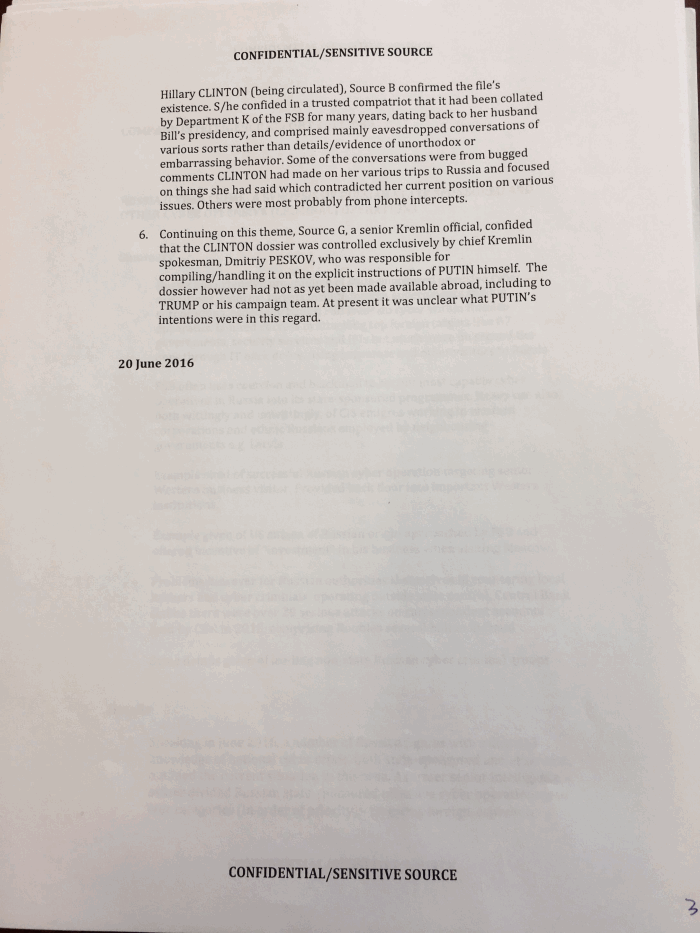This story is about a guy, who got screwed by the banks, like millions of other Americans who were challenged by this wave of greed by the banksters.
In October of 2000, I wired the loan service agent, Ocwen Federal Bank F.S.B in Fort Lee New Jersey $22,823.66 to fully reinstate my loan; charges, and fees. When I double checked the fax quote I discovered an addition error of $3,843.55. In my favor. I called Ocwen to see how we would make good on my overpayment. I was told, that they would 'look into it'.
On January 22, 2001, Ocwen changed the loan's trustee, to Dreyfus, Ryan, and Weifenbach, who were also Chase / Ocwen's attorneys in bankrupt court, recorded with the Riverside County recorder a 'Notice of default' claiming I was in default $10,539.24. Crazy! Pleads for a 'supervisor' led to more runarounds, it appeared that they were not going to make it right.
I read a legal article about 15 USC 1640, which allowed, under certain circumstances, to rescind the loan up to 3 years, call the loan off, everybody returns all monies returned by both parties, My timely rescission letter was ignored by Ocwen, so in a last ditch effort (Attorney still in Europe) I filed minimum bankruptcy petitions to file a case, believing this, certainly, would stop this mindless unrelenting behemoth from selling my home of 26 years. I was wrong. They issued a trustee's deed to Carol and Stephen O'Neal, which the O'Neals promptly recorded the deed with the county recorder on May 29, 2001
My attorney returned in early June, I informed attorney Clay Presley, about what was happening, he made some phone calls and everything seemed back to normal.
In May 2001, the banks were succesful in getting my case dismissed, with predudice. I was quickly approved for a new loan, but the new lender, Indy Mac, could not close the loan because title at a final search revealed that Carol and Stephen O'Neal since May 29, 2001. 12 days after I had filed for bankruptcy protection. When I informed the court, with a motion for sanctions, the court replied that since the case had been dismissed, the court lacked jurisdiction.
When the storage operator, which contained all of my assets personal and business assets, violated the law 11 USC 362 ignored court orders and sold everything, family pictures video's and a marvelous quilt, my grandmother Esther Jensen made for me, Again I petioned the bankrptcy court of Meredith Jury for sanctions, but was denied because property law was 'unclear' about situations like this, she ruled; motion denied. I filed an appeal to the BAP, Bankruptcy Appellate Panel, and on January 17, 2000, the BAP reversed the bankrutcy court and ordered sanctions for this violation of law.
Meanwhile the case about my house was waiting for the latest descision in my house case.
I gained a hearing date, about my case, for the first time ever I did not recieve notice that the case had been dismissed on January 27, 2011, a date I wont forget, my close friend, since 17, Gregory Vusovich, had passed in Oklahoma.
Since it was past the time to appeal, I rightfully, in my opinion, petitioned for a writ of mandamus, which orders an inferior court to enforce the law. The petiton, was denied in three weeks, by this Bankrupcy Appelate Panel which ruled in my favor in 2006. Now, however the honorable Meredith Jury was a senior member of this seven judge panel BAP panel
When I filed an appeal to the 9th Circuit, in 2011, I submitted my 'Informal Opening Brief' on January 5th 2012. The banks were to file a resonse by February 6, 2012. The banks filed nothing, then in October the court again to file their response within 14 days, or they may not be able to argue in oral aruments. Chase/Ocwen, ignored this order for 3 more years,then waking up, without conscuence, the Banksters filed a response which ended in Ozenne v Chase / Ocwen 11-60039. Which was published and therefore 9th circuit law. It was a split decision which, in my opinion, is like changing the rules, mid game.
Then, the 9th Circuit ordered both sides, unrequested, to file reasons to grant a rehearing en banc, which is a one in one thousand chance of success according to 9th circuit for self represented litigants, the full court, considered my case, and 11 members, including cheif justice Sidney Thomas, who with former chief justice Alex Kozinski, who had both ruled against me in prior appeals, side stepped the jurisdiction issue, and ruled that it was me, who was wrong
So now January 23, 2017, the beat goes on
years.tps://www.youtube.com/watch?v=Ugi25H1fLf8&feature=share












